What can i feed my guinea pig?
- Kelly Pierce
- Sep 25
- 6 min read
When i first brought home my guinea pigs, those first few months i was constantly googling what was safe for them to eat. It feels a little overwhelming when you're trying to research what is safe for your guinea pig and how to give them the best care. Especially when we're talking about the frequency of feeding certain foods and the amounts. In this post i'll cover fresh food, pellets, treats, and hay. Not forgetting water.


Aim to give your guinea pig a cup of fresh food per day, mostly consisting of vegetables. Fruits can be given, generally no more than 2-3 times a week, so i'll mention fruit in the treats section. When we think about daily safe foods, think leafy greens, herbs and sources of vitamin C. Guinea pigs cannot produce their own vitamin C, so we need to provide this nutrient through their diet. They receive Vit C through a fortified pellet, fresh vegetables and some fruits.
Daily foods - Capsicum in all colours, cucumber, lettuce varieties such as cos, gem, oak, romaine. (Not iceberg), zucchini. If you have dandelions in your garden use these, make sure they aren't sprayed with pesticides and wash.
Not every day foods - in moderation, 2-3 times a week in small amounts, because of either the calcium or sugar content: Kale, asian leafy greens - bok choy, pak choy, choy sum, small amounts of carrot (try to give dutch carrots with leaves attached), spinach, broccoli, chicory, celery (i use mainly leaves), corn - leave on the husk, pumpkin (not the seeds or skin), tomatoes (not the stems or leaves), brussel sprouts, endive, coriander, rocket, rosemary, basil, silverbeet
Feed less often - once a week Sweet potato (not normal potatoes), parsley, kale.
This isn't a comprehensive list, but a good starting point for any new guinea pig owner. As a side note, for convenience i love the mixed salad bags from the supermarkets, but just be wary, they sometimes contain a lot of spinach in them.
Health implications: some foods are just too gassy or high in sugar for piggy stomachs and cause things like bloat. And some foods aren't suitable at all, and very dangerous to piggies. Bloat is dangerous for guinea pigs because it overloads the stomach to fill quickly with air or gas, causing pain and distention of the stomach. Bloat is extremely painful and potentially fatal to cope with for their little bodies, so if you suspect your guinea pig is suffering and in pain, it's always best to promptly consult with a savvy small animal vet.
It's useful to have critical care at home. You can even keep it in the freezer! This is part of my piggy first aid kit. I'll talk more about making piggy first aid kits in another post.

If using critical care, these are the two brands i've used over the years. You can mix with fruit to make it more appealing, just mix and administer as instructed. I have always had it at home for those just in case times, especially with having bunnies. Suitable for rabbits and guinea pigs.
With Pellets, one of the best indicators of what not to feed , is when pellet mixes look colourful (with fruits and mixed with grains and seeds), often stocked in places like supermarkets, and sometimes pet stores. They are sugary and not recommended at all. Sometimes they consist of ingredients that aren't even suitable for piggies. Other low grade pellets are normally dull in colour and appearance and offer little nutritional value. I'll share with you some of my favourites, ones we have tried and tested along the way, and what we currently use. A high quality timothy hay pellet is a good go to choice.
We started off with Oxbow pellets, which i highly recommend. The only reason we swapped is because some of the piggies weren't eating them or enjoying them anymore. And we ended up with different pellets for different piggies. I think they just got bored and needed a change of pellet, so we slowly introduced another pellet. But i do love Oxbow! The Burgess excel pellets, another great brand and comes in a variety of flavours. I tried a sample of these and they're really nice pellets. We use the Selective naturals- grain free pellets now. All of the piggies like them in our house, so it's a favourite. They cost about $30-35 where I live.

So the question is, how much to feed? It is recommended to feed 1/8-1/4 cup daily. As part of a balanced diet with unlimited quality hay, fresh food and fresh water. I feed mine by sprinkling the pellets around the guinea pig enclosure, i found bowls weren't working for my groups of piggies. This way if I haven't fed them the recommended amount for breakfast, i can top up their pellets again in the evening. I'm also going to try using the snuffle mats soon for pellet feeding.
Hay. When you find a good quality hay supplier, you will stick with them! There are a few options for hay types, and preferences we all have to which we choose. I have at times in the past bought hay from the pet shop, although this isn't my method of hay supplies anymore. If I had to buy from a pet shop, these are the ones i'd probably go for. And I have bought these ones before. Which are okay if you have 1-2 guinea pigs, but if like me you have 16 piggies, pet shop bags are too small and cost too much for the amount we go through.
I started selling my own hay because of this reason, i wanted to share the savings of buying fresh farm hay compared to pet shop prices. If you are in Melbourne and want to buy hay, I currently stock 3kg bags of oaten hay for $15 each. When meadow hay comes back into season soon i'll also be stocking that too.

Meadow hay i love this type of hay, when it's in season this is my go to, along with Oaten hay. These are my two main go to's for hay! Meadow hay is a mix of grass and wildflowers, and a great economical choice. Oaten hay is a very palatable hay, and both are easily available through local suppliers, fresh is always best. Timothy hay is rich in many nutrients and a good source of fibre. Often priced a little higher, found easily in pet shops. And not something i purchase often. Personally i prefer fresh local hay compared to bagged on the shelf hay. Although Timothy hay is a quality item and very popular amongst guinea pig and rabbit people. For those with allergies, Orchard grass is a great option!
If you use Alfalfa or Lucerine, use as treat, by sprinkling a small amount into the hay box. They are very high in calcium and protein. They can cause bladder sludge and urinary stones from the calcium content. Therefore is recommended for pregnant, nursing, or young piggies only. I've used this as a top up hay when i've had a sick piggy, for a short time and a tiny amount only to encourage eating and weight gain.
Hay should be available 24/7, as piggies will continuously graze on hay throughout the day/night. It is good for their teeth, and their digestion. It should be the main component of their diet.
Our daily feeding routine consists of pellets for breakfast, new hay each morning or a top up to last until the evening, and fresh veggies for the evening meal. Occasionally as a snack or treat, i will give fresh grass/dandelions during the day, and/or a small amount of fresh fruit as a snack.
My piggies like oranges (with the skin on, cut into small slices or pieces), apple pieces (no seeds, core or stems), same goes for all fruit, no core, stems etc, pear, banana, watermelon is a great hydrator in summer, raspberries, strawberries, blackberries, blueberries. These are some of our favourites! and small, small amounts, sparingly as a treat. They are all really high in sugar so only use as an occasional treat, and small amounts.
The big question is with Water, a bowl or a bottle? I have tried both. I am yet to be sold on the bottle idea just yet. Just because i tend to be frustrated with leaky bottles. And i've wasted money on trying to find one that works well. Although i'm pretty sure glass bottles work well, and there are people who have found some bottles that don't leak. We use bowls in our set ups, and with having groups of piggies, a big water bowl works well. I know they're not going to run out of water during the day. It's also a preference, what works well for you, for what your piggies prefer. As long as there is always a fresh water source, and your piggies are drinking enough, thats the main objective - to have healthy hydrated guinea pigs. One draw back of bowls is the flicking of poops into the water bowl. But we're used to that here!

What are your thoughts? Do you use water bowls or bottles?




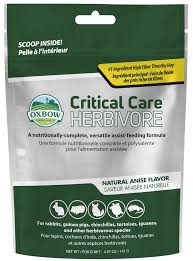
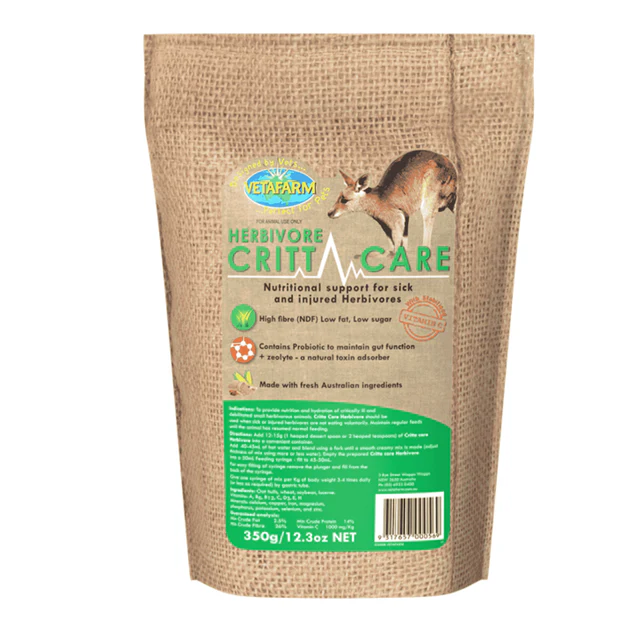
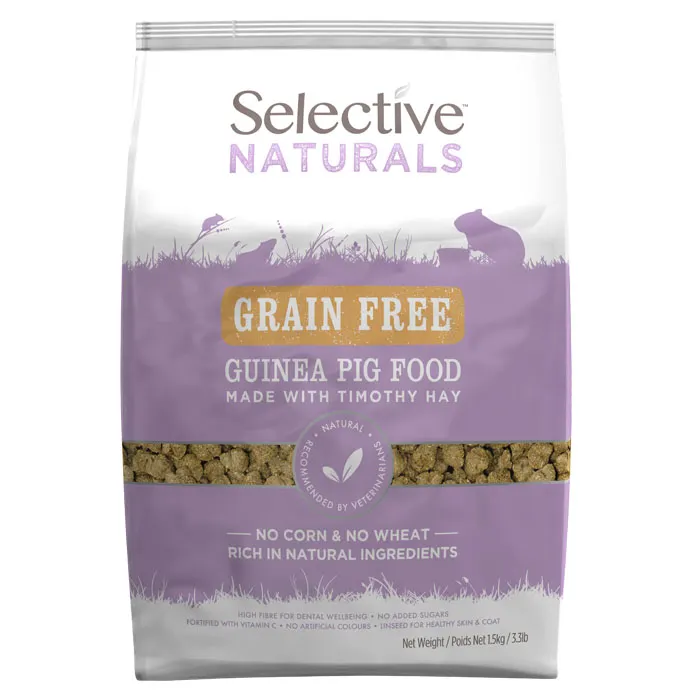






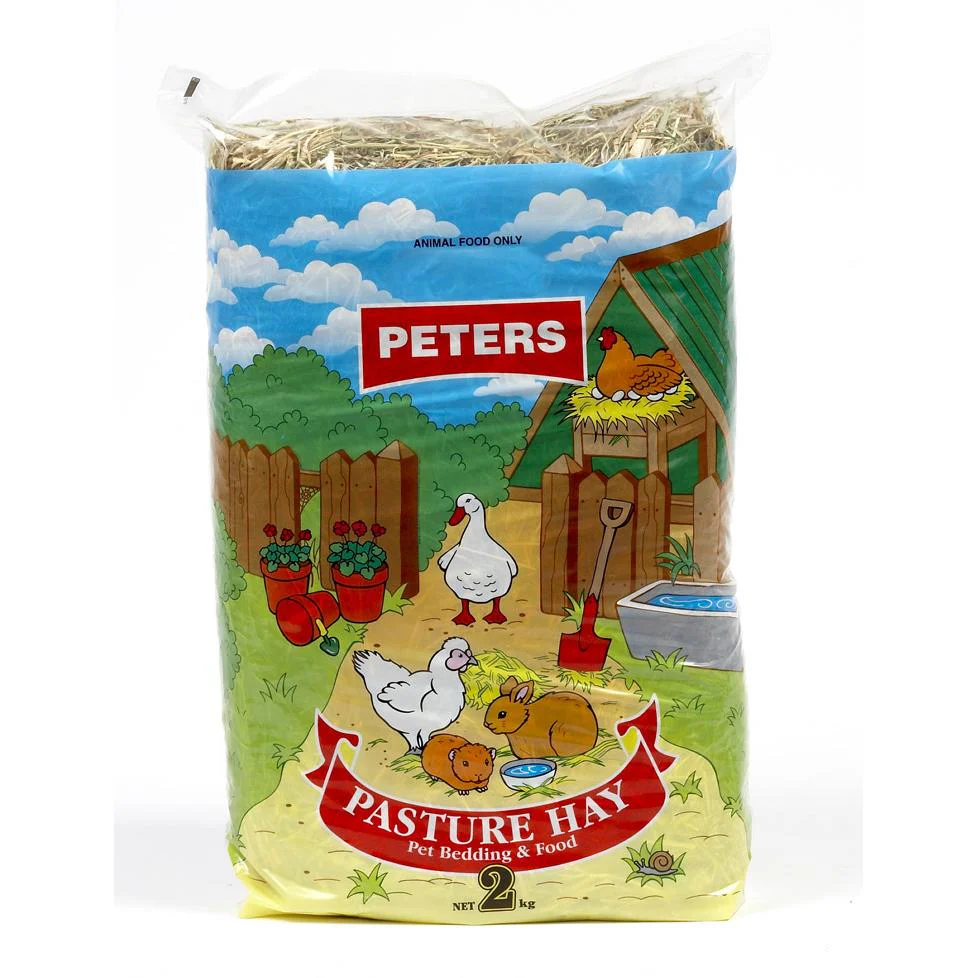
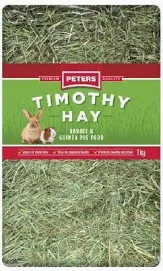



Comments